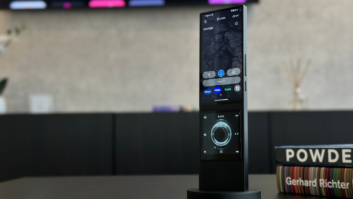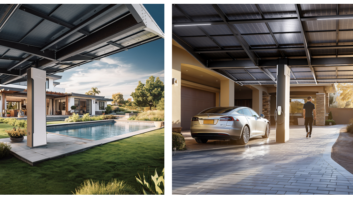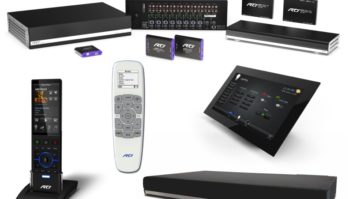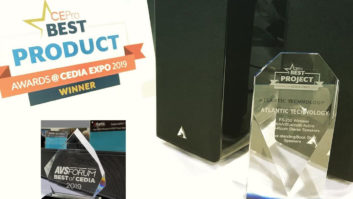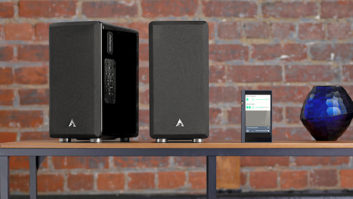INDIANAPOLIS — Vendors came to the CEDIA Expo with more than just new audio and video products. Companies also trotted out new structured wiring systems, whole-house lighting systems, motorized shading systems and security cameras.
At the show, Panja and Leviton entered the structured-wiring market, and Multiplex Technology, also known as Channel Plus, unveiled a new system. In lighting, Panja and Leviton introduced new products, and Lutron showed a new shading system.
For the structured-wiring market, Panja unveiled its Landmark Structured System, which connects the control and baseband-A/V wiring of security cameras, security systems, and intercoms to a centralized distribution enclosure, a fusebox-like enclosure that houses subsystem control cards.
“An electrician can prewire all the wires to a structured enclosure [flush-mounted between wall studs],” said spokesman Doug Engstrom. “Then the custom installer can come in later to add the system’s capabilities, and the price can be included in the mortgage.”
Installers would insert a CardFrame into the enclosure to hold up to 10 control cards instead of installing A/V-like components in an “unstructured” way, the spokesman said.
Panja is also developing a matching structured lighting enclosure that will hold up to 16 of the company’s wall dimmers.
Leviton’s series of Structured Media Centers accept snap-in modules to route wiring throughout the house for phone and Ethernet networks, shared Internet access, broadband full-motion video (from cable, satellite TV, DVD and VCR sources), music sources such as CD changers, indoor and outdoor video cameras, and automated home systems.
Wiring such as coaxial cable, speaker wire and Category 5 cable can be run from the Centers to wall plates in various rooms, said marketing VP Bill Marshall. But a Decora Media System module can be used to send video and preamp-level audio signals over Category 5 cable, rather than through coaxial cable or speaker wires, to special receivers in remote rooms.
Multiplex Technology’s new Open House structured-wiring system offers similar capabilities, integrating entertainment, communications, safety and automation products.
Wall plates installed throughout the house connect to a central hub to let users in different rooms share a modem connection, watch a video source from any TV in the house, listen to a living room CD player while sitting in another room, and use a TV to monitor a sleeping baby, the company said.
Market research company Cahners’ In-Stat, owned by TWICE parent Cahners Business Information, claimed the residential structured wiring market will exceed $1.4 billion by 2004.
For its commercial and residential lighting systems, Lutron unveiled a SeeTouch control panel, which can be installed at regular switch height rather than at eye level because it uses angled-up buttons. The buttons are also larger that those on the company’s previous control panels.
To its Radio RA whole-house RF-based lighting control system, Lutron added an RS-232 interface to allow control of RS-232 devices from the system’s master controls. The master controls communicate via two-way RF with the system’s dimmers and switches, making it unnecessary to rewire a home to add a lighting system.
Lutron also introduced the Sivoia motorized window shading system following its January purchase of window shading system maker Vimco. The new system uses low-voltage wall-mounted control panels equipped with an IR eye.
A lighting system introduced by Panja brings advanced commercial-grade dimming and lighting control capabilities to homes of 25,000 square feet or more. The company’s Landmark lighting system, in contrast, is intended for homes up to 5,000 square feet with fewer lighting zones and features a structured control panel.
In security cameras, X-10 Pro entered the market with its ScanCAM mini-camera system, which lets consumers use their TV set to select and view images from up to four discreetly mounted, small video cameras. Pricing wasn’t announced.
ScanCAM works like this: A 2.4GHz RF receiver connected to a TV set receives images wirelessly from one to four RF-equipped cameras. Consumers use an X-10 RF remote control to send on/off commands to the receiver, which retransmits the commands via a home’s power lines to the camera’s power supply, which can be mounted in an attic or behind a wall.
Only one camera’s image at a time can be viewed.






